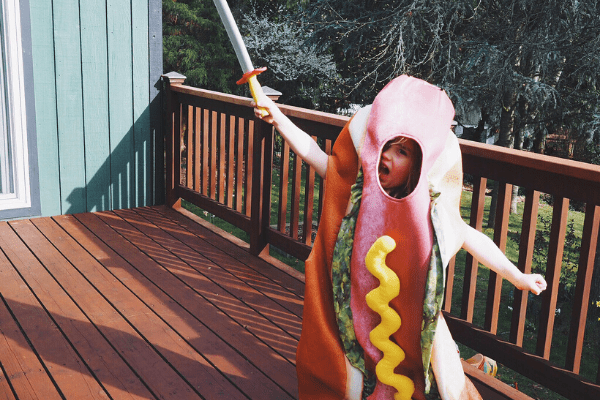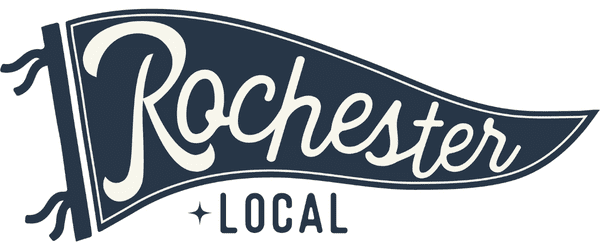 In F. Scott Fitzgerald’s The Great Gatsby, which takes place in 1922, the character Daisy Buchannan declares, “I hope she’ll be a fool—that’s the best thing a girl can be in this world, a beautiful little fool,” upon the birth of her daughter. These words were inspired by Zelda Sayer’s sentiments after welcoming her and Fitzgerald’s daughter, Scotty, into the world, in 1921. Would those words be different today?
In F. Scott Fitzgerald’s The Great Gatsby, which takes place in 1922, the character Daisy Buchannan declares, “I hope she’ll be a fool—that’s the best thing a girl can be in this world, a beautiful little fool,” upon the birth of her daughter. These words were inspired by Zelda Sayer’s sentiments after welcoming her and Fitzgerald’s daughter, Scotty, into the world, in 1921. Would those words be different today?
Here we are, on the cusp of a century after The Great Gatsby takes place, and I have to wonder: Is it still the best thing for girls to be beautiful little fools? The Great Gatsby was written and published in 1925, five years after women earned the right to vote, yet women were still seen as beautiful little fools. How much has changed for women and mothers since the Roaring 20s? How far have we come since wanting our daughters to be beautiful little fools?
In the 1920s, the main objective for women was to find a man who could provide, to get married, and to raise children; marriages at this time were influenced more by love and partnership and less for the necessity of survival, like only decades before. Women still couldn’t survive on their own, for the most part, but they could be a little pickier in their partner choices. It was not common, or often even allowed, for women to pursue further education or careers, things we take for granted today. Marriage, raising children, and keeping a house was the only “career” option at the time. Single motherhood was incredibly taboo and not a choice or preferred lifestyle due to the lack of resources for single mothers and the shunning by family and society. Today, there are women who choose the single-parent life with pride (much props to them!). The limitations for women of the 1920s might be surprising, I’m sure, to those who covet the independent spirit of the 1920s flappers we see in stories like Chicago and Fantastic Beasts. Flappers could best be compared to our 20s or our college years today; you get a little carefree, wild, and crazy for a few years, and then it is time to pick a life path and grow up a little bit. We just have a lot more paths to choose from today, thank goodness.
So, what did women who weren’t flappers, mothers, and families do for fun in the 1920s compared to today? I mean, how did they even survive without Netflix, YouTube, Google, and Facebook?!?! Considering that in 1920 about 75% of people over the age of 14 were married, it was more about family entertainment than it was about individual satisfaction and the “me time” we seek out today (Namaste and pass the bath bomb, please); no hiding behind screens and ignoring the rest of the world. Instead, families would gather around the radio and share in news shows, stories, and radio series (think scenes in Annie and A Christmas Story). Downtime during the week would have been filled with full-town picnics and potlucks and the weekly trip to the “picture palace,” or movie theater. Stars Hollow (Gilmore Girls) might have been on to something! Since most school-aged children attended school part of the year and also worked, there wasn’t as much time for play, clubs, or sports like today. The world wasn’t raising fools, but they weren’t pushing education, either.
When hospitals were being described as places to rest and take a break from home routines while women awaited childbirth, it is pretty clear life in the 1920s was much different than today. We’ve come a long way in the areas of transportation, entertainment, technology, and medical advancement, but the simplicity of the 1920s can be a little tempting at times. I’ll take my leggings and sweater dress over a corset or flapper fringe any day, though.
It’s hard to believe a young girl today could be pressured into being a beautiful little fool with all the empowering opportunities in education, extracurricular activities like Girls Scouts, STEM classes, and Girls on the Run, and positive role models in politics, sports, and entertainment. No one needs to be a beautiful little fool in the 2020s. History has provided some pretty strong women, so out of respect to them, and no disrespect to Zelda Sayer or Daisy Buchannan, I suggest 2020 continues the path of empowerment rather than regressing to the ‘beautiful fool’ expectations of the past.
Sources:
Fitzgerald, F. Scott. The Great Gatsby. New York: Scribner, 2004.
Manning, Anita. “What It Was Like Being Pregnant in 1915.” America’s Health Rankings United Health Foundation.
https://publichealthlegacy.americashealthrankings.org/being-pregnant-in-1915/ 30 Nov 2019
Meleen, Michele. “Family Life in the 1920s.” Lovetoknow. 2019
https://family.lovetoknow.com/about-family-values/family-life-1920s 30 Nov 2019
Vanderberg-Davies, Jodi. “Twentieth-Century American MOtherhood: Promises, Pitfalls,
and Continuing Legacies.” Organization of American Historians. 2019.





